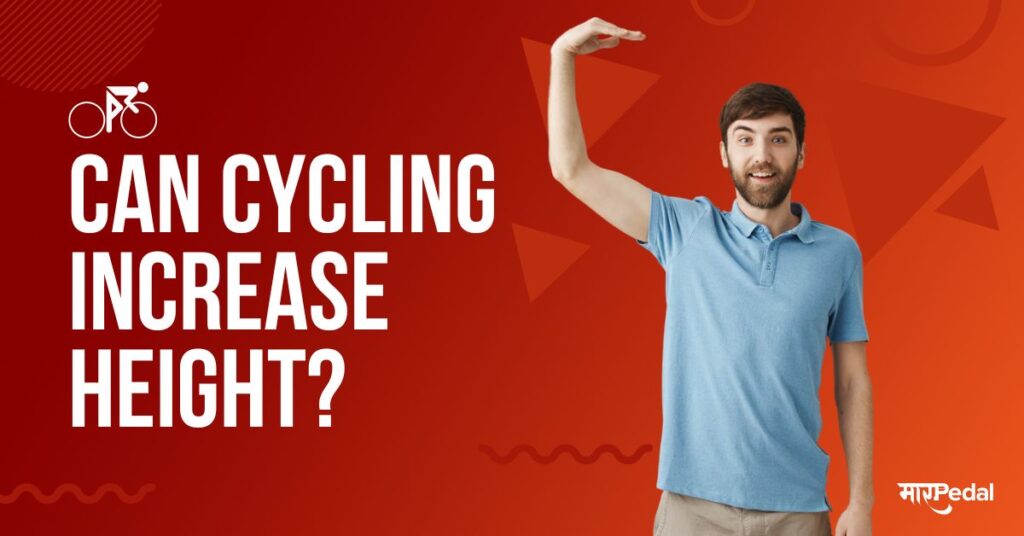
Slow cycling races have gained popularity as a unique and entertaining event that tests the balance, control, and patience of cyclists. Unlike traditional cycling races where speed is the essence, slow cycling races require participants to maintain their balance and ride as slowly as possible without touching the ground.
In this article, we will explore the rules and regulations of slow cycling races, highlighting the key aspects that make this event fascinating and enjoyable for both participants and spectators.
1. What is a Slow Cycling Race?
A slow cycling race is a unique sporting event where participants ride their bicycles at the slowest speed possible over a set distance or time. The goal is to maintain balance and control without touching the ground. It is commonly organized in community festivals, charity events, or as standalone competitions for entertainment.
2. Equipment and Attire
Participants in slow cycling races typically use regular bicycles, although some events may have specific rules regarding the type of bike allowed. Safety is paramount, so helmets are mandatory for all riders. In addition, participants are encouraged to wear comfortable clothing and shoes that allow for easy maneuvering and balance during the race.
3. The Start of the Race
Slow cycling races usually begin with a stationary start, where all participants line up side by side. At the starting signal, riders start moving forward slowly, trying to find their balance and maintain a steady pace without losing control.
4. Balancing and Control
One of the main challenges in slow cycling races is to maintain balance and control while moving at a snail’s pace. Participants must master the art of micro-adjustments, using subtle movements of their bodies, handlebars, and brakes to keep the bike upright and avoid disqualification.
5. No Pedaling Allowed
In slow cycling races, pedaling is strictly prohibited. Participants must rely solely on balance and momentum to keep moving forward. The use of brakes is allowed, but excessive braking or dragging the feet on the ground can result in penalties or disqualification.
6. Disqualification Criteria
To ensure fair play and maintain the integrity of the race, specific disqualification criteria are in place. These may include:
- Touching the ground with any part of the body, except for the feet while stationary.
- Pedaling or using any other means of propulsion.
- Failing to follow the designated course.
- Causing deliberate obstruction or interference with other participants.
- Engaging in unsportsmanlike behavior.
7. Strategies and Techniques
While the objective of a slow cycling race is simple – to go as slow as possible – participants develop various strategies and techniques to improve their chances of winning. Some techniques include using small steering adjustments, leaning slightly to maintain balance, and finding the bike’s “sweet spot” where stability is optimal.
8. Crowd Interaction and Atmosphere
Slow cycling races create a lively and interactive atmosphere, with participants often engaging with the crowd during the race. Spectators cheer, encourage, and sometimes even distract the riders, adding an element of fun and unpredictability to the event.
9. Judging and Scoring
Judging a slow cycling race requires skilled observers who closely monitor each participant’s performance. The judging criteria typically include factors such as balance, control, speed (or lack thereof), and adherence to the rules. Judges assign scores or penalties accordingly.
10. Duration of the Race
The duration of a slow cycling race can vary depending on the event’s specific rules and regulations. Some races are time-based, where participants strive to cover a certain distance in the longest possible time. Others are distance-based, where participants aim to ride for the shortest distance in a given time frame.
11. Determining the Winner
In slow cycling races, the winner is usually determined based on the participant who completes the race in the slowest time or covers the shortest distance. However, some events introduce additional challenges, such as balancing competitions or obstacle courses, to add excitement and variety to the race format.
12. Benefits and Challenges
Participating in slow cycling races offers several benefits. It helps improve balance, control, and fine motor skills, while also promoting a sense of camaraderie among participants. However, mastering the art of slow cycling requires patience, concentration, and a unique set of skills that differ from traditional cycling disciplines.
13. Slow Cycling Race Events Around the World
Slow cycling races have gained popularity worldwide, with numerous events taking place across different countries and cultures. From small local competitions to large-scale festivals, these events bring people together and showcase the fun side of cycling while highlighting the importance of balance and control.
14. Safety Measures
While slow cycling races are generally safe, organizers prioritize participant safety. They ensure that race routes are free of obstacles and provide medical support in case of any accidents or injuries. Riders are encouraged to maintain situational awareness and ride responsibly at all times.
15. Conclusion
Slow cycling races offer a unique and exciting challenge for cyclists of all skill levels. By emphasizing balance, control, and patience, these races provide a refreshing alternative to traditional cycling competitions. Whether you’re a participant or a spectator, a slow cycling race promises an enjoyable experience filled with camaraderie, laughter, and the thrill of watching cyclists push their limits in a seemingly unconventional manner.
FAQs
How can I win a slow cycling race?
Winning a slow cycling race requires a combination of balance, control, and strategy. Here are some tips to increase your chances of winning:
Master your bike’s balance and control by practicing slow-speed maneuvers.
Focus on maintaining a consistent, slow pace without losing balance or touching the ground.
Use subtle steering adjustments and body movements to stay upright.
Study the race route in advance to anticipate any challenges or obstacles.
Stay focused, maintain concentration, and avoid distractions during the race.
What are the best tips for a slow cycling race?
To excel in a slow cycling race, consider the following tips:
Practice balancing and controlling your bike at slow speeds.
Learn to make small steering adjustments for stability.
Focus on maintaining a steady and slow pace without relying on pedaling.
Keep your body relaxed and use your core muscles for balance.
Develop a sense of timing and rhythm to control your movements effectively.
Stay mentally focused, avoid rushing, and embrace the challenge of going slow.
Why do cyclists go slow in sprint races?
In sprint races, cyclists often start at a slow pace before building up speed gradually. This initial slow start allows riders to conserve energy and strategically position themselves before the final sprint to the finish line. Going slow at the beginning enables cyclists to carefully plan their moves and anticipate their opponents’ actions, ensuring they have the best chance of sprinting past them to secure victory. It’s a tactical approach to optimize performance and increase the chances of a successful sprint.






